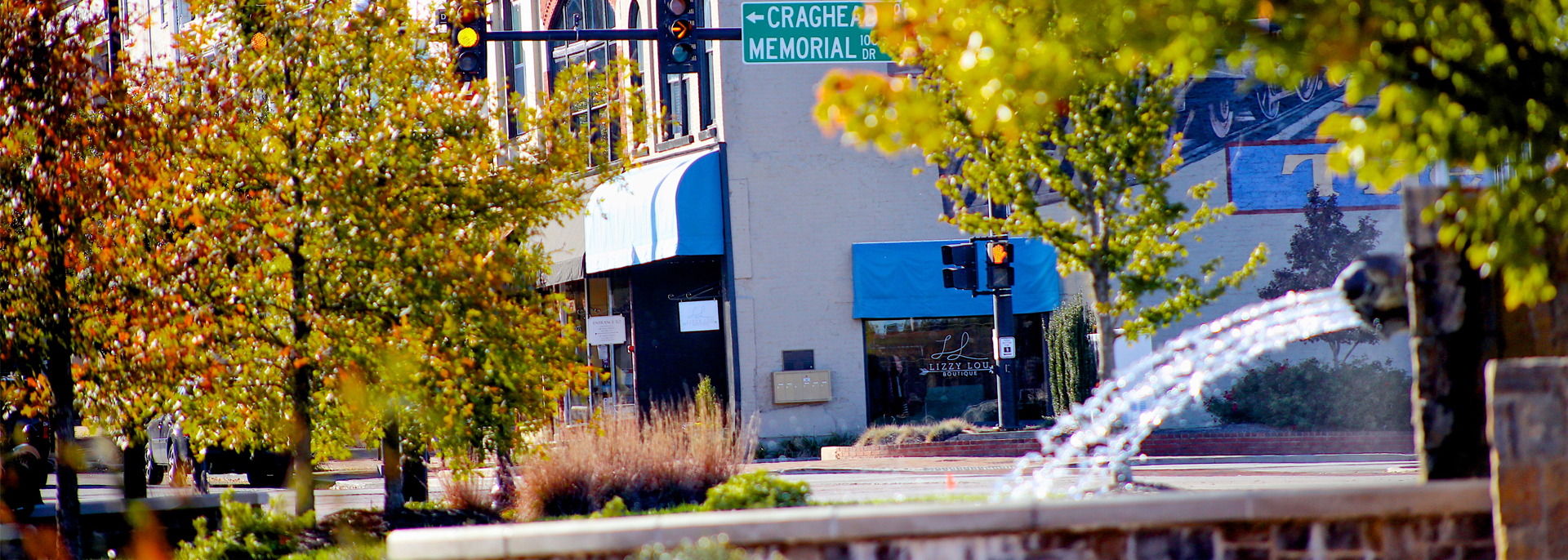

Post-Pandemic Recovery - Crystal Morphis
A Note from DRF: A question we find ourselves asking right now is what communities will look like and how they will operate in a post-pandemic world. As restrictions are lifted, we may freely move about more but some businesses, organizations and those in the workforce will still struggle to recover for some time to come. DRF asked our friend Ted Abernathy with Economic Leadership LLC to curate some thoughts on the subject from leaders across the United States to help us think about what’s next.
The greatest lasting impact of the pandemic is the acceleration of trends. I have said often that “COVID forced us to make many changes in a short period of time – most of which we should have already been doing.” The acceleration of using the internet to access, transact, and connect everything will be the most lasting impact.
People who have never shopped online are buying everything, toilet paper included, online. This has accelerated the decline of bricks-and-mortar retail stores. This will mean even smaller physical footprints focused on a unique shopping experience. Downtown businesses are shifting from depending on foot traffic to e-commerce. The possibility of living in places with limited retail offerings has been opened to a new group of people.
The movie theater is not dead, but it will be smaller and infused with more experiences, like gourmet food service at your seat. People were already streaming TV and movies, but the pandemic created a seismic shift in how people access entertainment. The financial model of the film industry will shift from counting on big box office revenue to marketing to you in your living room.
Health care was already moving towards telemedicine. The pandemic forced what would have taken years into a few months. This will accelerate the demise of physical rural health care systems, at least the ones not able to make huge investments in technology. At the same time, it could improve rural people’s access to health care. Benefits include provider choice, access to specialists, and competition to improve quality and lower cost.
The one thing I really miss during the pandemic is leisure travel; however, I do not miss business travel. The CEO of Delta recently said he does not see business travel ever returning to 2019 levels. Now that such a high amount of cost savings has been realized by shifting smaller, less important meetings to Zoom, businesses will never spend the same amount on travel again. The shift will mean huge permanent reductions to airlines, hotels, restaurants, convention centers, etc. Will convention centers be the next wave of urban blight?
The pandemic-induced immediate and prolonged shift to remote work has shown companies they do not need employees to be onsite every workday from 8am to 5pm. About two-thirds of workers say they prefer some mix of in-office and remote work. This means less office space for the same number of workers, fewer restaurant lunches, less spent at the dry cleaners, fewer people riding public transportation, and so on. Even though telecommuting has been around for a long time, it will stick this time. Younger workers prefer the flexibility. Now that Boomers, fans of a ‘defined workday’, are a fading workforce demographic, the time is ripe for a blended work-life balance.
People will not become hermits because of this shift to transacting life online; rather, we are making the mundane tasks of daily living more efficient to make more time available for meaningful, in person connections.